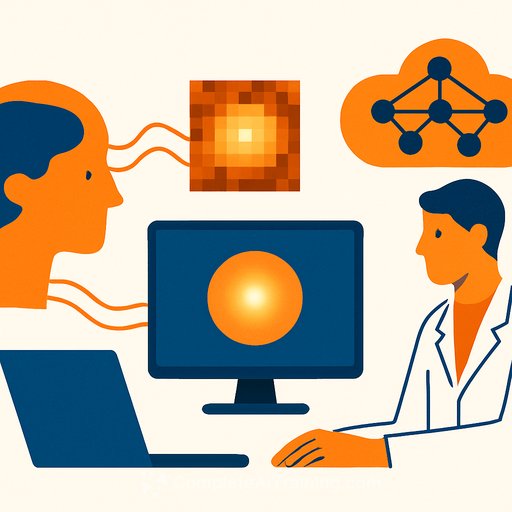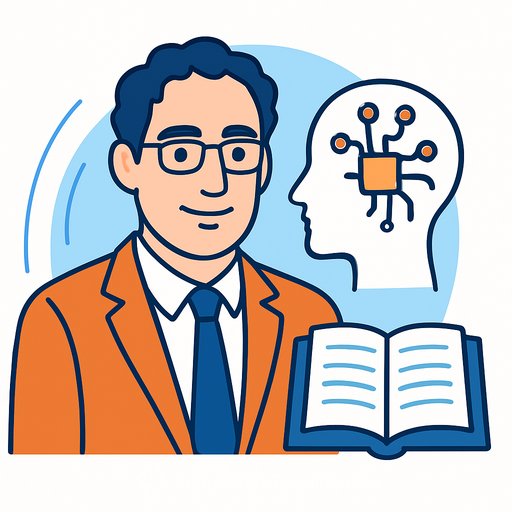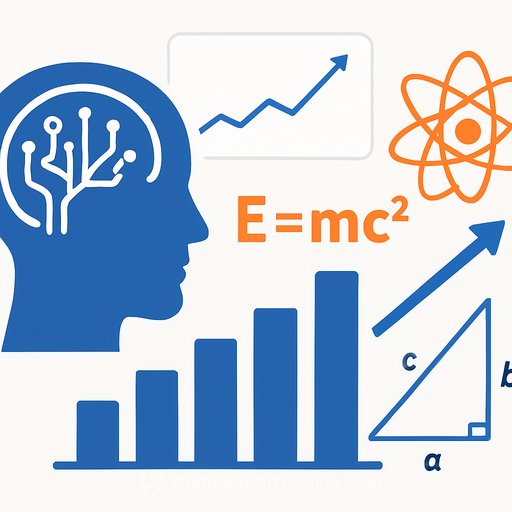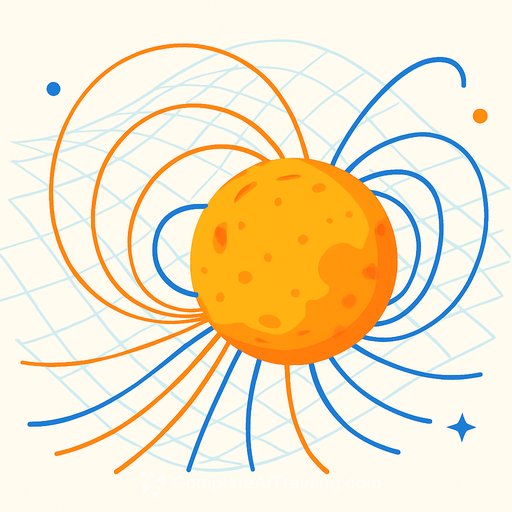Generative AI for Image Reconstruction in Intensity Interferometry: A First Attempt
Abstract
Intensity Interferometry (II) has advanced considerably in recent years, enabling high-precision resolution of stellar objects at optical wavelengths. However, reconstructing images remains challenging due to the loss of phase information inherent in photon correlation measurements. This study applies a conditional Generative Adversarial Network (cGAN) to reconstruct images from II data. Using sparse spatial power spectrum samples from four telescopes, the method successfully recovers the shape, size, and brightness distribution of a fast-rotating star. While parameter fitting could handle this case, the results suggest that machine learning could enable image reconstruction of more complex systems with larger telescope arrays.
Introduction
Intensity Interferometry (II) was introduced in the 1950s by Hanbury Brown and Twiss as a novel method to measure stellar parameters such as angular diameters and limb darkening. Their foundational work, along with contributions from Glauber and others, established the quantum optics nature of photon correlations at the core of II.
By the 1970s, the technique had yielded measurements for 32 stars at the Narrabri Stellar Intensity Interferometer in Australia. Despite these achievements, II did not become widely adopted due to limitations in photon detector sensitivity and data processing capabilities at the time.
Recent proposals suggest leveraging Imaging Atmospheric Cherenkov Telescope (IACT) arrays for II observations during bright moonlit nights when γ-ray detection is less effective. This approach could increase the scientific output of facilities like VERITAS, MAGIC, HESS, and the upcoming Cherenkov Telescope Array Observatory (CTAO).
Simulations support the potential of modern photon detectors to achieve high-precision stellar measurements. Yet, a major obstacle remains: II directly measures intensity correlations but loses phase information, which is essential for full image reconstruction of stellar sources.
Challenges in Phase Retrieval
Recovering phase information in II has been the subject of various theoretical and experimental efforts. Gamo introduced triple-intensity correlation concepts, and experiments by Goldberger and Sato explored its application in imaging and phase recovery. However, these methods often struggle with low signal-to-noise ratios.
Iterative algorithms have also been employed. Gerchberg's method iterates between image and diffraction planes to estimate phase but requires accurate initial guesses and may converge slowly. Fienup’s Hybrid Input-Output algorithm improves convergence and robustness, particularly in noisy settings, by incorporating feedback mechanisms.
Applying Generative AI to II Image Reconstruction
This study applies a conditional Generative Adversarial Network to reconstruct images from II data. The cGAN learns to generate plausible images from sparsely sampled spatial power spectra, effectively recovering key features of a fast-rotating star. This proof-of-concept demonstrates how AI can compensate for the missing phase information.
The success with a relatively simple stellar model suggests that with larger telescope arrays and more complex systems, machine learning approaches could enable detailed image reconstruction beyond the capabilities of traditional parameter fitting.
Conclusion
Intensity Interferometry holds promise for high-resolution optical imaging, but phase retrieval remains a key challenge. Machine learning methods like cGANs offer a new pathway to reconstruct images from intensity-only data. As detector technology and telescope arrays improve, these AI-driven techniques could unlock detailed imaging of stellar systems that were previously inaccessible.
For those interested in exploring artificial intelligence applications in scientific imaging, resources and courses are available at Complete AI Training.
Your membership also unlocks:






